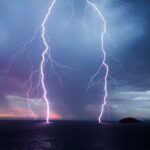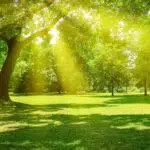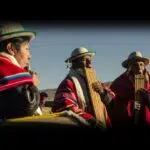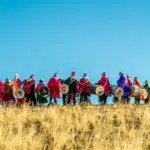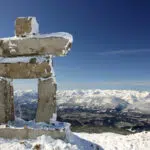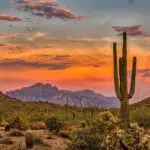On National Daylight Appreciation Day, June 21, we get to enjoy the longest period of sunlight that we will experience in the entire year. It is also the day of the summer solstice, and there will be no other day with as much sunlight as this one — although this does not apply to the extreme northern and southern portions of the planet. On June 21 every year, the sun spends the longest time in the sky and provides us with long hours of sunlight and warmth. National Daylight Appreciation Day celebrates this annual celestial event.
History of National Daylight Appreciation Day
It is no secret that time and dates are man-made phenomena. They were brought into existence for mankind to be aware of the ever-changing atmospheric patterns witnessed through the course of a year. Before we had great technological advancements, humans assumed that there were religious and supernatural elements that determined changes in the cosmos. For example, the summer solstice was understood as a day that marked the transition of the sun god from the land of the living to the land of the dead, to ultimately be reborn in deep winter when the days began getting longer again. In most cultures, the day would be observed with a great ceremony around both these events, to commemorate the sun god’s strength and the anticipation of him being reborn again.
The day of the summer solstice was celebrated with great feasts and new harvests that thrived in the summer sun. We have made significant progress since then and today we understand that the summer solstice is part of the natural movement of our planet. We experience the longest day of sunlight hours as a result of the rotation of the Earth, its orbit around the sun, and the way it is angled on its axial tilt. Thus, National Daylight Appreciation Day reminds us all to go out in the sun and enjoy our time outdoors before the days start to shorten again.
National Daylight Appreciation Day timeline
The sun is born from the solar nebula.
Earth is born soon after the sun.
Hans Lippershey invents the telescope in the Netherlands.
Charles Fritts creates the first solar cell in America.
National Daylight Appreciation Day FAQs
What happens on June 21?
The summer solstice happens on June 21.
What is the longest day of the year?
The longest day of the year is on June 21.
How can I celebrate National Daylight Appreciation Day?
You can celebrate National Daylight Appreciation Day by enjoying an extra hour of outdoor activities.
National Daylight Appreciation Day Activities
Go out
What better way to celebrate the extra-long daylight hours than by going out for a picnic or organizing a barbeque with your friends?
Sunbathe
You can enjoy National Daylight Appreciation Day by lazing by the pool and letting your body soak up all the Vitamin D that it needs.
Enjoy a cool drink
The day tends to get warm and sweaty. Cool off with some iced tea or a chilled beer while savoring the extra sunlight.
5 Facts About The Sun That Will Blow Your Mind
The sun is very hot
The average temperature of the sun’s surface is 9941℉.
The sun is incredibly huge
The sun can fit almost 1.3 million Earths in it.
The sun is not yellow
The sun is, in fact, white in color.
The sun emits photons
The sun emits light in the form of photons.
Sun is also worshipped
Many religions like Hinduism worship the sun as a god.
Why We Love National Daylight Appreciation Day
It celebrates age-old traditions
Grand feasts were a common sighting during the summer solstice. Celebrating today also means continuing humankind’s long-held traditions.
A day to do as you please
The extra hours of sunlight allow you to laze around or do an activity of your choice without having to worry about the day closing on you too early.
It honors scientific progress
National Daylight Appreciation Day also honors the scientific progress that scientists and astronomers have made over the centuries.
National Daylight Appreciation Day dates
| Year | Date | Day |
|---|---|---|
| 2026 | June 21 | Sunday |
| 2027 | June 21 | Monday |
| 2028 | June 21 | Wednesday |
| 2029 | June 21 | Thursday |
| 2030 | June 21 | Friday |






